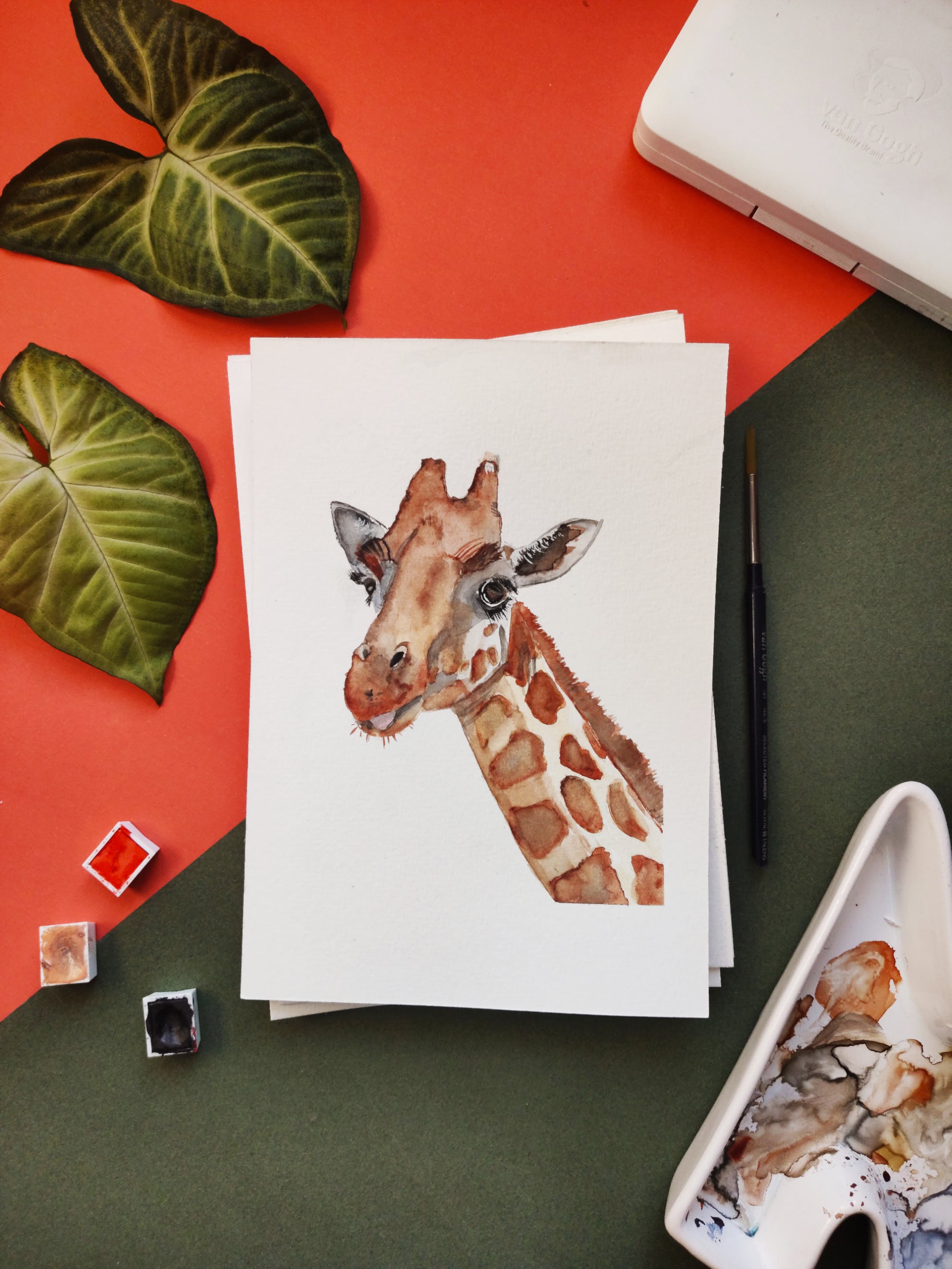The world of art has undergone a radical transformation with the advent of digital technology. Although digital art is often considered a recent phenomenon, its roots trace back to the 1960s when artists began experimenting with early forms of digital tools. However, it was in the 1980s that the term "digital art" was first coined, marking the beginning of a revolutionary journey in the realm of artistic expression.
Digital Art: Beyond a Label
Unlike traditional art movements that could be neatly categorized, digital art defies such easy classification. In its early days, digital art was conceived as an interactive and multimedia form, breaking away from the constraints of traditional mediums. Today, it has evolved into an all-encompassing field with an "anything goes" philosophy, making it impossible to confine within a single format
A Spectrum of Mediums
The term "digital art" no longer refers to a specific medium but encompasses a wide spectrum of creative outputs. Artists leverage various technologies to produce works in diverse formats, including illustrations, photography, animated graphics, GIFs, videos, augmented reality, and even pieces generated by artificial intelligence. This expansive range highlights the versatility and adaptability of digital art as a form of creative expression.
Digital Art's Merit and Value
Digital art stands on its own merit in the artistic landscape. Creating digital art requires mastering specific techniques, fostering creativity, and harnessing talent, much like any other traditional art form. The growth of digital art has transformed the artist's studio, where traditional tools like brushes and canvases coexist harmoniously with digital counterparts such as monitors, drawing pens, and a myriad of software applications.
Comparing Traditional and Digital Art
In the ongoing discourse of digital versus traditional art, it's crucial to recognize the unique characteristics of each. Traditional art, rooted in physical materials, has a rich history dating back centuries. On the other hand, digital art, though newer, has rapidly gained legitimacy as a valid and innovative form of artistic expression.
The Changing Landscape of Artists
The rise of digital art has reshaped the identity of contemporary artists. While traditional artists adhere to physical mediums, a new breed of "100% digital" artists has emerged, leveraging technology to create groundbreaking works. The democratization of technology has not only made their creations more accessible but has also opened up new avenues for artists to earn a living through their digital art.
The evolution of digital art, from its experimental beginnings in the 1960s to the diverse and dynamic landscape we see today, signifies a shift in the world of artistic expression. As technology continues to advance, the boundaries of digital art will expand further, challenging and redefining our perceptions of creativity and artistic value. The journey of digital art is a testament to the ever-evolving nature of human imagination and the transformative power of technology in shaping the future of artistic endeavors.
- Victoria White
